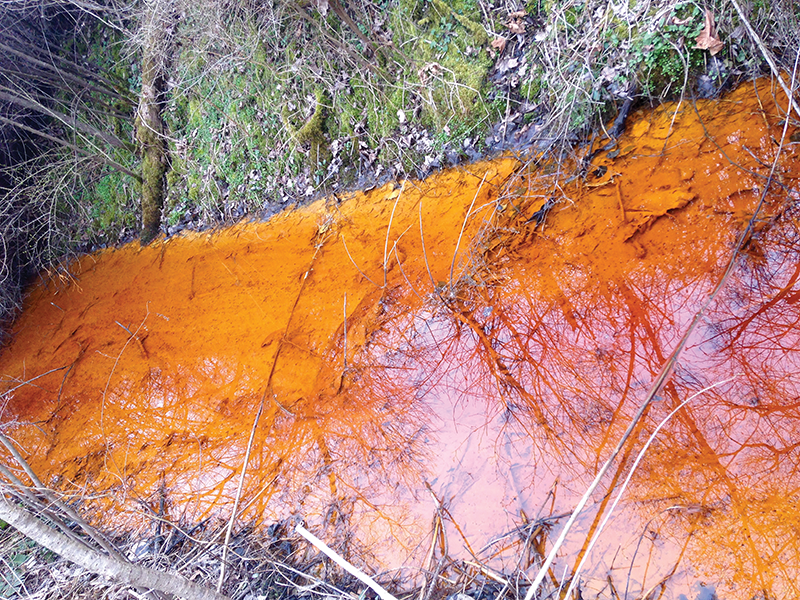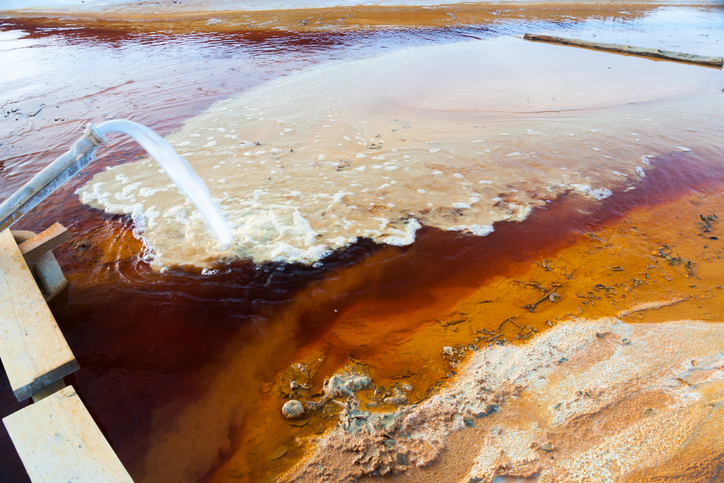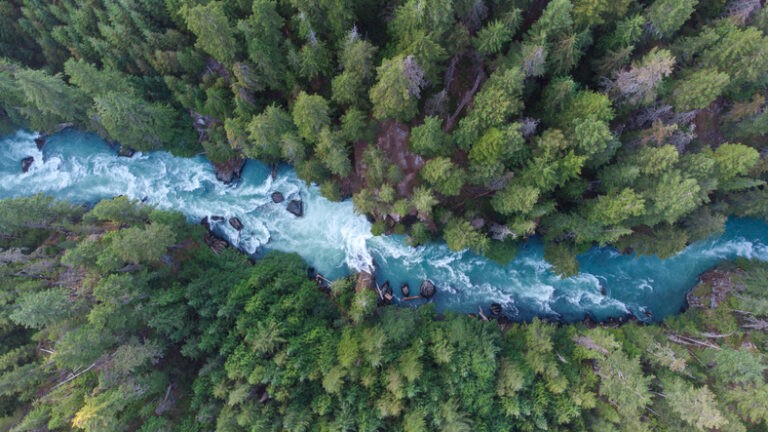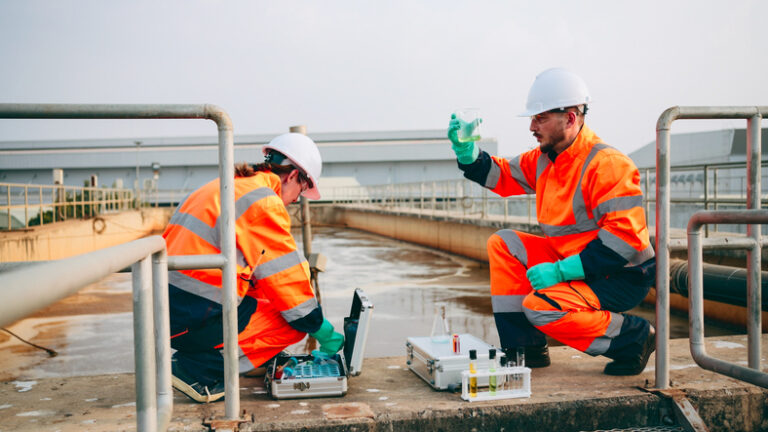If ever there was an industry that put water professionals to the test, it would be mining. It demands excellence and innovation in all aspects of water management and treatment.
The interplay between all aspects of a mine’s operation and water cannot be understated. Whether being used in mining processes or protecting the water in the surrounding environment, water considerations must take place at every stage of a mine’s life.
Canadian mines provide a range of metals and minerals essential to daily life. From the mundane, like health supplements and toothpaste, to the modern technologies of smartphones and electric car batteries, our need for these resources is clear.
And our need to responsibly extract these resources in a sustainable way is more important than ever. Mining companies are focused on minimizing their impact and their footprint, and that includes the responsible use of water in their operations.
Water management plans
Responsible use of water includes implementing water management plans from the inception of the project through to closure, as an integral part of the mine design and operation.
Gone are the days of thinking about closure at the end of a mine’s life, we now consider closure right from project inception. It’s not a matter of cleaning up water after the fact; it’s about protecting it from the start. Early planning allows the mine to take advantage of natural landforms and water flows to minimize the need for treatment down the line and for efficient use of water on site.

Key elements in the responsible use of water resources include a robust water balance, which considers the influence of the various sources of flow onto and within the property and releases to the environment. An understanding of the seasonal flows is critical in the Canadian climate where a large part of surface water flow occurs in the “freshet” period of spring thaw, often followed by limited flows the rest of the year and frozen conditions over winter.
Consideration of annual water use for mine operations must be understood and planned for so that the sudden onset of clean snow melt can either be diverted or contained in sufficiently large ponds. In a changing climate where freshet flows, rainfall, and storm events differ from the historical record, sensitivity analysis is a necessary exercise to test for and adapt to possible upset conditions. Climate change will have a strong influence on future water management procedures, discharge quantities, water treatment requirements, and effluent discharge and quality in the short and long term.
Groundwater inflows can be an additional source of water and require management year-round, including in winter when ponds and water lines may be frozen at surface. Deep groundwaters intercepted by mining can be saline and may require specialized handling and water treatment such as a desalination plant, which can be more complex and expensive than standard water treatment plants. Failure to identify the key driving factors of the water balance increases the risk of costly last-minute adaptations, or long-term liabilities associated with capture and treatment of water.
To read the full article, check out the March/April 2020 issue of Water Canada.
Valérie Bertrand is an associate and geochemist at Golder.









